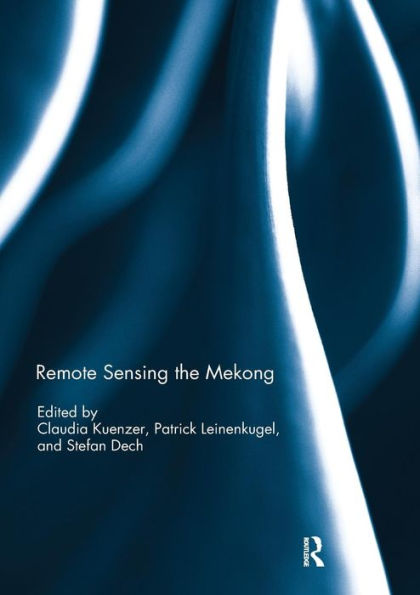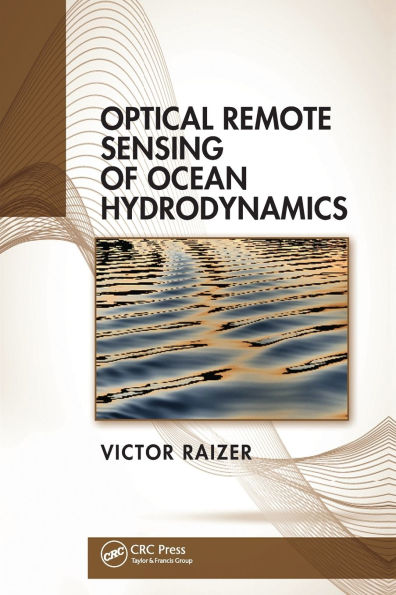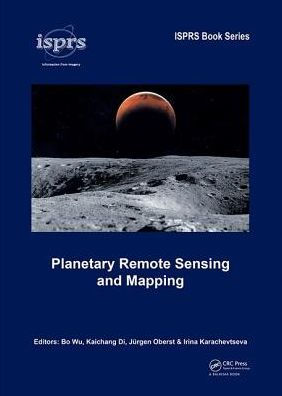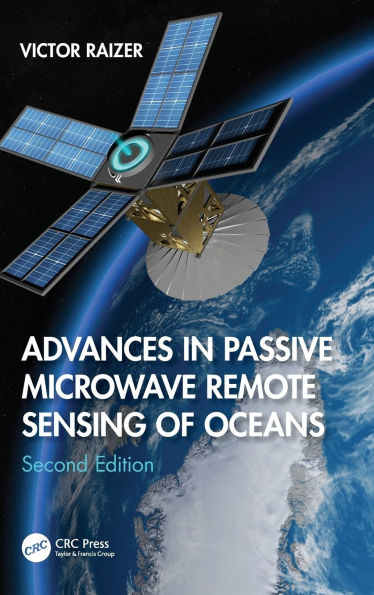Home
Polar Remote Sensing: Volume I: Atmosphere and Oceans / Edition 1
Barnes and Noble
Polar Remote Sensing: Volume I: Atmosphere and Oceans / Edition 1
Current price: $329.99
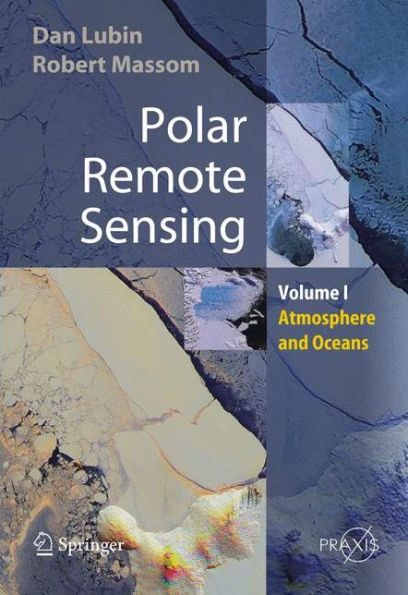

Barnes and Noble
Polar Remote Sensing: Volume I: Atmosphere and Oceans / Edition 1
Current price: $329.99
Size: OS
Loading Inventory...
*Product information may vary - to confirm product availability, pricing, shipping and return information please contact Barnes and Noble
The polar regions, perhaps more than any other places on Earth, give the geophysical scientist a sense of exploration. This sensibility is genuine, for not only is high-latitude fieldwork arduous with many locations seldom or never visited, but there remains much fundamental knowledge yet to be discovered about how the polar regions interact with the global climate system. The range of opportunities for new discovery becomes strikingly clear when we realize that the high latitudes are not one region but are really two vastly different worlds. The high Arctic is a frozen ocean surrounded by land, and is home to fragile ecosystems and unique modes of human habitation. The Antarctic is a frozen continent without regular human habitation, covered by ice sheets taller than many mountain ranges and surrounded by the Earth’s most forbidding ocean. When we consider global change as applied to the Arctic, we discuss impacts to a region whose surface and lower atmospheric temperatures are near the triple point of water throughout much of the year. The most consistent signatures of climate warming have occurred at northern high latitudes (IPCC, 2001), and the potential impacts of a few degrees increase in surface temperature include a reduction in sea ice extent, a positive feedback to climate warming due to lowering of surface albedo, and changes to surface runo? that might affect the Arctic Ocean’s salinity and circulation.



